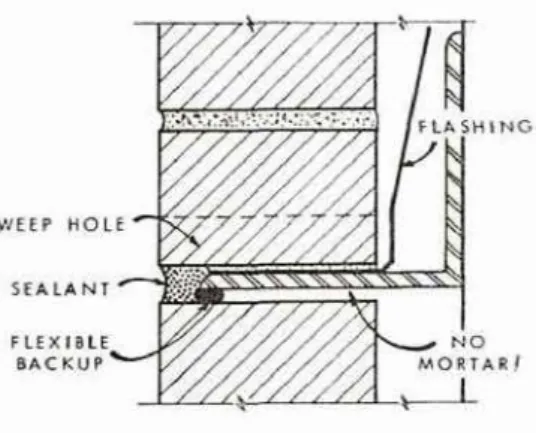Publisher’s version / Version de l'éditeur: Building Practice Note, 1978-01
READ THESE TERMS AND CONDITIONS CAREFULLY BEFORE USING THIS WEBSITE.
https://nrc-publications.canada.ca/eng/copyright
Vous avez des questions? Nous pouvons vous aider. Pour communiquer directement avec un auteur, consultez la première page de la revue dans laquelle son article a été publié afin de trouver ses coordonnées. Si vous n’arrivez pas à les repérer, communiquez avec nous à PublicationsArchive-ArchivesPublications@nrc-cnrc.gc.ca.
Questions? Contact the NRC Publications Archive team at
PublicationsArchive-ArchivesPublications@nrc-cnrc.gc.ca. If you wish to email the authors directly, please see the first page of the publication for their contact information.
NRC Publications Archive
Archives des publications du CNRC
For the publisher’s version, please access the DOI link below./ Pour consulter la version de l’éditeur, utilisez le lien DOI ci-dessous.
https://doi.org/10.4224/20377723
Access and use of this website and the material on it are subject to the Terms and Conditions set forth at Damage to brick and stone veneer on tall buildings
Allen, D. E.
https://publications-cnrc.canada.ca/fra/droits
L’accès à ce site Web et l’utilisation de son contenu sont assujettis aux conditions présentées dans le site LISEZ CES CONDITIONS ATTENTIVEMENT AVANT D’UTILISER CE SITE WEB.
NRC Publications Record / Notice d'Archives des publications de CNRC: https://nrc-publications.canada.ca/eng/view/object/?id=752c4dec-a232-4672-ba0b-453636754ef1 https://publications-cnrc.canada.ca/fra/voir/objet/?id=752c4dec-a232-4672-ba0b-453636754ef1
DAMAGE TO BRICK
AND STDNE VENEER
ON TALL BUILDINGS
by
D.
E. AllenDivision of Building. Research National Research Council of Canada
Ottawa January 1978
DAMAGE TQ BRICK AND SMNE VENEER ON TALL BUILDINGS
D - E . Allen
Damage in the form o f s p a l l i n g , cracking, and bulging h a s recently occurred to b r i c k and stone veneer on a number of t a l l , concrete
buildings. Such damage (which has required extensive repair) can be prevented in the future if care is taken in the design.
T h i s damage occurs because t h e concrete structure shortens with time due to shrinkage and creep whereas clay b r i c k veneer tends to expand. If the cladding were f l e x i b l y connected t o the structure, the d i f f e r e n t i a l movement would be about 3/4 inch per 100 ft, of waf 1 height and the stress in the veneer, due t a its own weight, would be small, In practice, however, there usually are r i g i d connections to the
frame, such as steel shelf angles, brick headers to infill block walls, and msonry pru jections between balcony slabs, which transfer much o f t h e shortening of the frame to the brick veneer. This i s accompanied by large forces across r i g i d coflnections and compression i n the veneer which can lead to cracking and spalling at high stress l o c a t i o n s in the brickwork or stone, Bulging can also occur if there are insufficient
ties to prevent buck1 ing of the campressed veneer, and whole sections may eventually break away.
One way to prevent. this kind of danrage is to provide a mvment
joint below each shelf angle [Fig. 1). Rigid or b r i t t l e cormections which attract high stress concentrations, such as b r i c k headers or mrtar p o i n t i n g a t angle supports (instead of the sealant in F i g . I ) ,
should b e avoided,
In some cases r e p a i r work has been
made very hazardous because o f
i n s u f f i c i e n t penetration of ties and s h e l f angles into the veneer and it is therefore recornended t h a t this aspect b e inspected during construction,
Further information on t h i s and other problems w i t h cladding due ta differential movement is available in Canadian Building n i g e s t s 125, Cladding Problems Due .to Frame bvements and 185, Failure of Brick Facing on High-Rise Buildings Cavailab le w i t h o u t charge f r o m the Division of Building Research, National Research Council of Canada, Ottawa, Ontario K l A OR61
.
FIGURE 1 MOVEMENT JO INT
